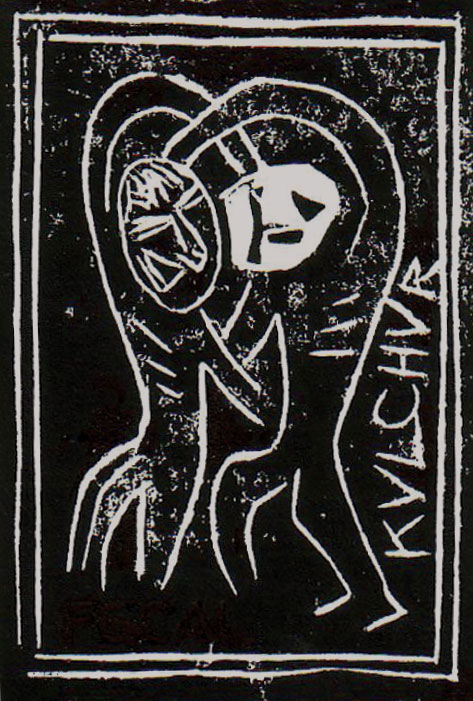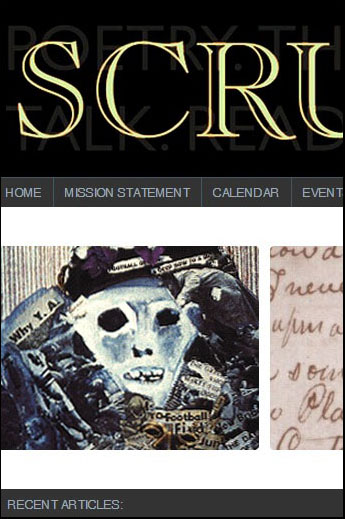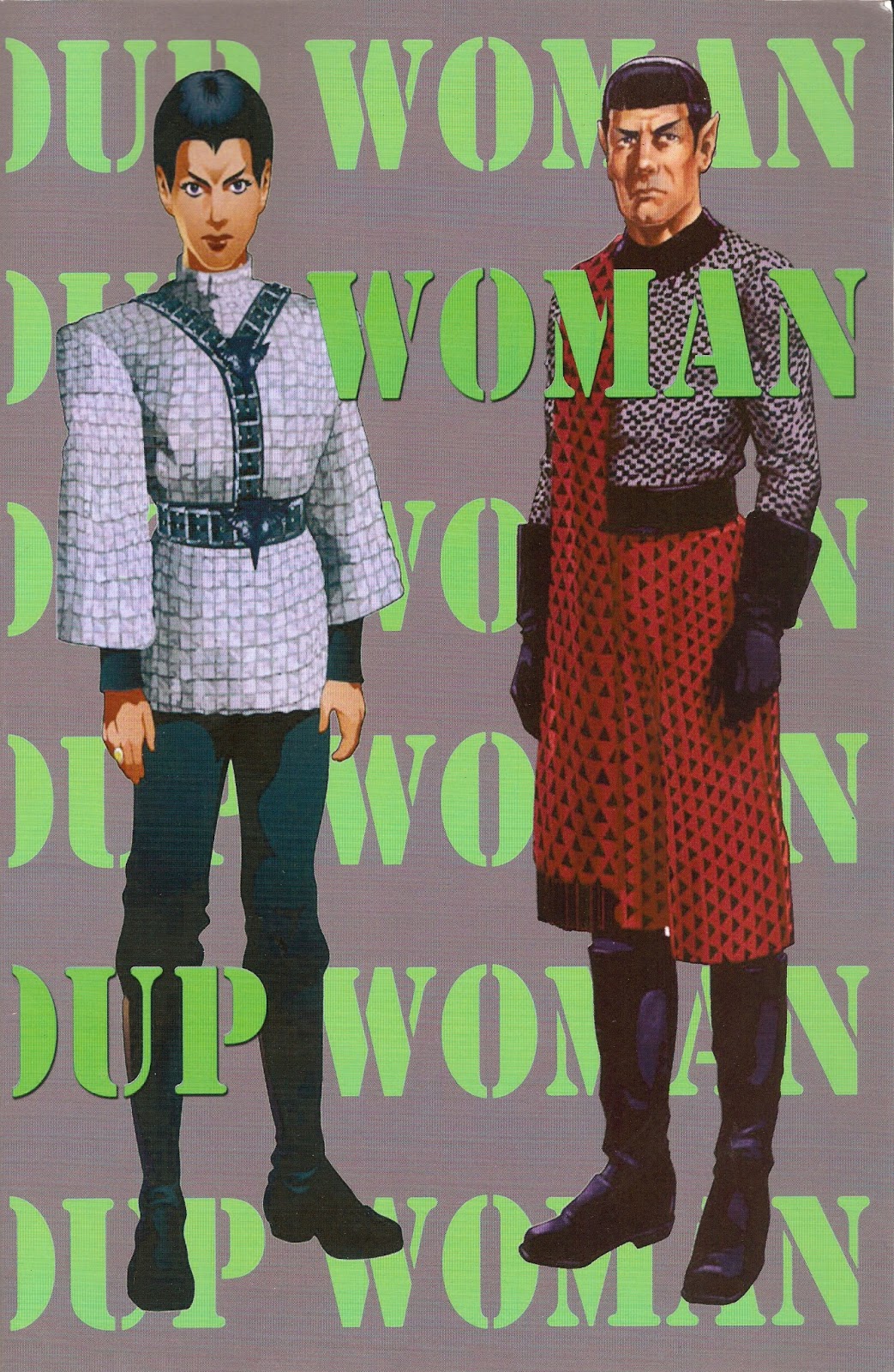FRANCESCA LISETTE HER TEENS
Slow on the draw, allowing this space to become something of an abandoned lot over the past couple months, though no small number of books have rolled in, too many to respond to with the attention they deserve. Francesca Lisette's Teens (Mountain 2012) at the top of the heap, the title of the book invoking, in conjunction with the book's cover image, the violence and conflict of the current decade more than any meaningful moment of adolescence. The cover image, Erin Fostel's "Rumble over Baltimore," features two costumed figures, one appearing on the back cover dressed as a robot, the other appearing on the front cover dressed as a creature resembling Godzilla. Behind these figures, each of whom are poised to engage one another in struggle, are several helicopters presumably surveilling their movement. The rumble is over Baltimore — that is, for Baltimore — the dyadic construction of Fostel's piece reminding us almost immediately of the shocking juxtaposition of wealth and poverty that inspired David Harvey's turn to Marx shortly after he began teaching at Johns Hopkins in the early 70s.
Split into seven sections, "Casebook: A History of Autonomy & Anger" sits at the center. Here, in the first page of this section, are some of the most startling lines in the book, and if these lines are at all moving it is the blunt force trauma leveled by their irreducible simplicity that enables their emotive force:
That we respond to the conditions of the specific conjuncture under which we live, this "golden age of suffering," demonstrates neither courage nor sacrifice so much as necessity. The final line of the stanza resonates with a troubling tone of fatalistic despair, but it also seems to gesture toward the needlessness of the suffering we must bear witness to and endure. Throughout "Casebook" are a series of prose strophes and antistrophes that generate an unstable oscillating movement between confidence and skepticism, the poems turning against themselves precisely through their architecture, asking more of themselves than any poem can reasonably hope to offer:
There are moments in these poems that exploit the ambiguity of the book's title — Teens as teens rather than the second decade of a century. Mention of Tigerbeat magazine, three sections called "Singles," poems concerned with eros and sexuality in ways that allow for reading the work as an inquiry into adolescence. But even in these moments sexual attraction and adolescent love are entangled in capital, i.e. the following lines from "Heterosexu-Normative": "because when I sit down to write of love horns | shake me out of intention..."
 |
| Erin Fostel | "Rumble over Baltimore" (2011) |
Split into seven sections, "Casebook: A History of Autonomy & Anger" sits at the center. Here, in the first page of this section, are some of the most startling lines in the book, and if these lines are at all moving it is the blunt force trauma leveled by their irreducible simplicity that enables their emotive force:
We shall be scholars of real pain
In a golden age of suffering
Nothing to do with courage
Nothing to do with sacrifice
Nothing to do at all
That we respond to the conditions of the specific conjuncture under which we live, this "golden age of suffering," demonstrates neither courage nor sacrifice so much as necessity. The final line of the stanza resonates with a troubling tone of fatalistic despair, but it also seems to gesture toward the needlessness of the suffering we must bear witness to and endure. Throughout "Casebook" are a series of prose strophes and antistrophes that generate an unstable oscillating movement between confidence and skepticism, the poems turning against themselves precisely through their architecture, asking more of themselves than any poem can reasonably hope to offer:
Can a poet expect the fabricated clashing of demons like image hegemony to culminate the hell-on-earth function switch? Hopeless leisure purrs in daylight autonomy knee joke, and behind the scenes work is equally labour, but with passion. Does that make everyone's true calling politics? Fulfilling June prophecy steel is internally maiming, we failed green stem flesh; air dances around the perfume of achievements' solo merry-go-round. Funereal the bomb-site is local the parallels unstable conflictual residue threatens to crack DREAMY money-bags vomit roll authority, out of sight preps junior future as just one more knock jaw flop heels impoverished, the essence of negation pushes barrel floats in re-enabled clarity socket.
There are moments in these poems that exploit the ambiguity of the book's title — Teens as teens rather than the second decade of a century. Mention of Tigerbeat magazine, three sections called "Singles," poems concerned with eros and sexuality in ways that allow for reading the work as an inquiry into adolescence. But even in these moments sexual attraction and adolescent love are entangled in capital, i.e. the following lines from "Heterosexu-Normative": "because when I sit down to write of love horns | shake me out of intention..."






<< Home